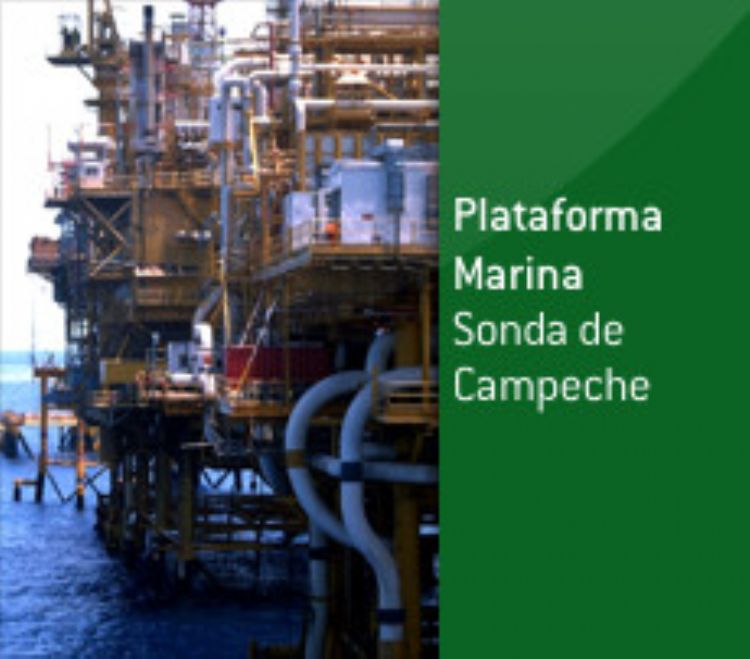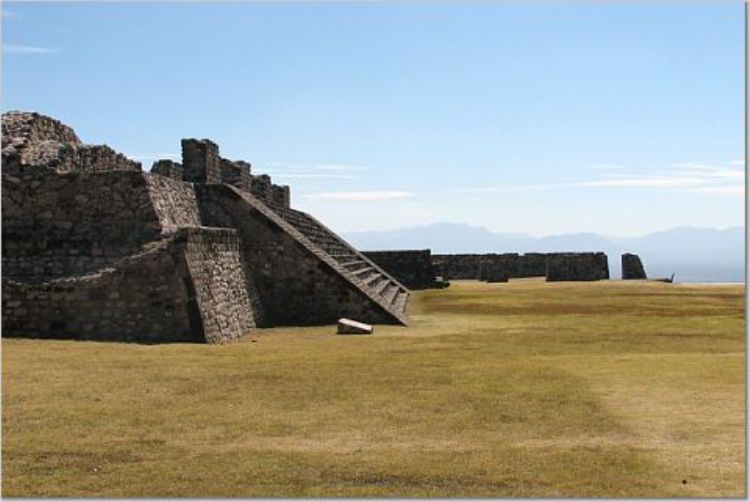Mexican Oil; The Most Important Fields

The oil industry in the world has changed dramatically in the last decade, and production has been affected by new technologies, current laws and policies of producers as well as by supply and demand law. During 2016 Mexico was recognized as the leading tenth largest producer in the world after a fall from the fifth position. Production reached its lowest point during 2015 being this two million 267,000 barrels the daily average. In contrast the highest production was in 2004 with three million 380,000 barrels per day.
Precisely the oil industry in Mexico has experienced a deep change since the federal government allowed the extraction of oil and natural gas by particulars according to the energy reform done in 2015. On the other hand, the parastatal Petroleos Mexicanos is the largest producer of energy from Mexico and the main source of data talking about fuel. Oil is mainly obtained from offshore platforms and coastal areas (78%), followed by the southern region with 17% and the northern part of the country only contributes with 5% of the total. It should be noted that not only oil is extracted from oilfields, but often natural gas and some other minerals.
<
To extract oil from a reservoir, a network of fields, wells and platforms has to be built, and very often the total production of a complex is the measured one, not the one of each specific field. Generally speaking, the two main oil reservoirs of Mexico are:
Ku Maloob Zap.-This deposit is located in the state of Campeche, was discovered in 2002 and included the construction of 32 ducts, 28 offshore platforms and more than 80 wells in the area. Its peak production was in 2010 and, due to both technical problems and the depletion of the hydrocarbon, is in decline after being the producer of more than 35% of national production just by itself. The Maloob well produces 375,000 barrels daily on average.
Cantarell.-It is also already declining on production and was discovered in 1976 by the fisherman Rudesindo Cantarell. This reserve was formed during the Cetacean epoch when an asteroid impact created the Chicxulub Crater. This complex consisted of the Nohoch, Chac (already obsolete), Akal, Kutz, Ixtoc, Ek and Sihil wells. It used to have 190 active wells and was the second most productive place about oil in world only after the Ghawar field in Saudi Arabia.
The Akal field leads obtaining crude in the area with records above 72,000 barrels per day. It is important to note that techniques such as the use of nitrogen and investment of over 6,000 million dollars in the place will help to recover some past production in the medium term, however it is undeniable the downfall in it.
Most important fields:
Maloob.- in Campeche, its production is just over 375,000 barrels per day.
Zaap.- Also in Campeche, it gives some 285 thousand barrels per day.
Filed Ku.-is located in the same zone of the previos ones. Produces an average of 170 thousand barrels per day.
Xanab.-this field contrasts with the previos ones because it gradually increases its daily production instead of decreasing it. In mid-2016 this was 145 thousand barrels per day. It is located in the state of Tabasco.
Akal.- The largest field of Cantarell produces little average 65,000 barrels per day.
Finally, we can not forget that of the three types of oil (heavy, light and very light) the latter is most often used for refining, although in contrast is the scarcest in the country. Heavy oil extraction is little more than three times the very light oil. Nevertheless, Mexico´s hope resides more in the discovery and exploration of new wells likes the ones discovered in mid-2016. From these, the Nobilis-1, located near the coast of Tamaulipas is the most promising. On the contrary the one that once promised to be the new best field in Mexico, Chicontepec, ended up being a great failure because its type of soil required a massive investment not profitable with low oil prices since 2010.
Artículo Producido por el Equipo Editorial Explorando México.
Copyright Explorando Méxicos, Todos los Derechos Reservados.
Foto: Pemex.com






